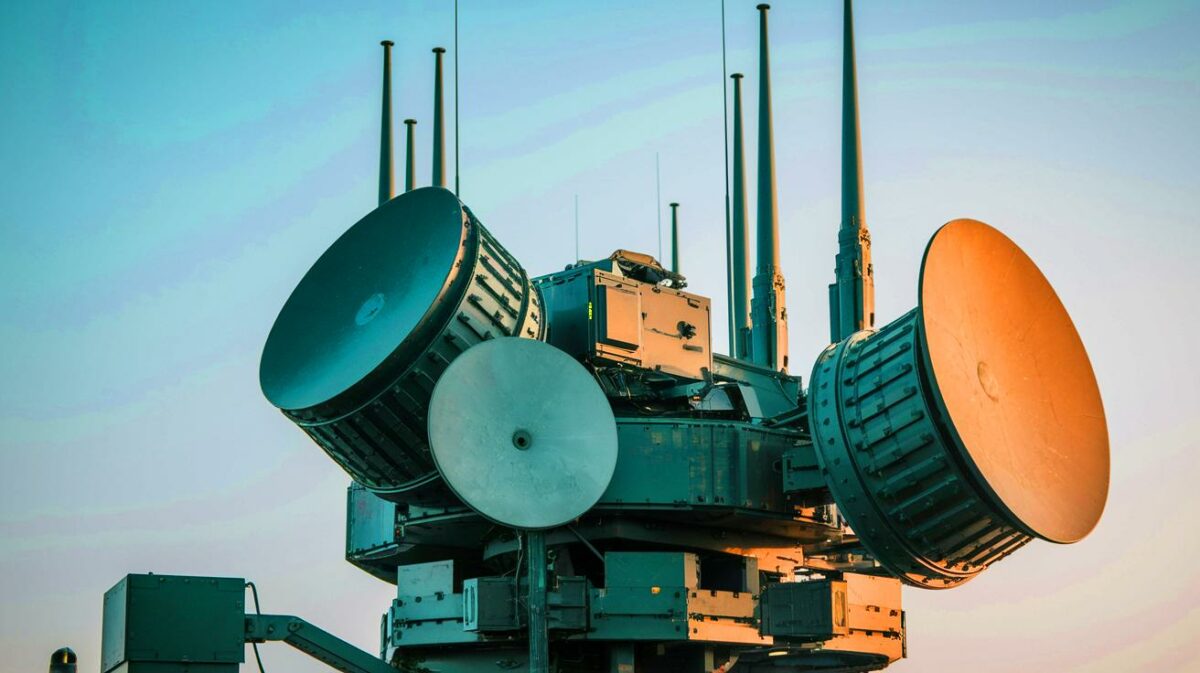| IN A NUTSHELL |
|
China’s growing military prowess has been a topic of global interest, especially with its recent technological advancements in missile defense systems. The People’s Liberation Army (PLA) has demonstrated a significant leap in its defense capabilities by testing a next-generation radar system in the Gobi Desert. This development not only showcases China’s military innovation but also raises crucial questions about the global balance of power in missile defense technology. The test involved the firing of multiple ballistic missiles at a single target, highlighting the system’s advanced tracking and targeting capabilities. Let’s delve deeper into the implications and details of this groundbreaking technology.
China’s Revolutionary Radar System: A 100% Hit Rate
A significant breakthrough in China’s military technology is the development of a dual-band (S/X) phased array radar system, achieving an unprecedented 100% hit rate in recent tests. This system, as reported by Zhang Zhenbiao, a senior engineer with the PLA, successfully detected and tracked all incoming missiles, including 31 decoys and seven high-value targets. The radar’s ability to distinguish between decoys and actual threats marks a pivotal advancement in anti-saturation capabilities.
This level of precision is crucial in modern warfare, where adversaries deploy sophisticated countermeasures to confuse defense systems. The radar’s dual-band system combines wide-area surveillance with high-resolution targeting, akin to the US Navy’s USNS Howard O. Lorenzen missile-tracking ship. However, unlike the US system, China’s radar performance has been showcased in live-fire scenarios, providing tangible proof of its capabilities.
Simulated Attack Scenarios: Learning from Real-World Conflicts
The PLA’s radar test also included a simulation of a real-world conflict scenario: an Iranian missile strike on Israel. In October 2024, over 30 Iranian ballistic missiles breached Israel’s defenses, revealing vulnerabilities even in advanced missile shield systems like the US-backed Arrow system. The PLA replicated this scenario, effectively prioritizing and tracking threats amidst a barrage of missiles and decoys.
China’s commitment to military readiness is further underscored by the substantial cost of launching 16 ballistic missiles in a single exercise. Such a display of military strength is virtually unheard of outside wartime drills, emphasizing Beijing’s determination to enhance its defense capabilities and strategic deterrence.
Investment in Military Production: A Strategic Message
China’s investment in military technology extends beyond radar systems. In 2023, state broadcaster CCTV aired footage of an autonomous missile production line, sending a clear message to the world about China’s expanding missile stockpiles. This strategic move highlights China’s growing capacity to produce advanced weaponry at scale, potentially altering the global military landscape.
Ballistic missiles, being one of the most expensive weapon systems, reflect a significant financial commitment by China to bolster its defense infrastructure. The production line footage serves as a stark reminder to geopolitical rivals, particularly the United States, of China’s rapidly advancing military production capabilities.
Implications for Global Defense Dynamics
China’s advancements in missile defense technology are poised to have far-reaching implications for global defense dynamics. The ability to effectively track and neutralize multiple threats simultaneously could shift the balance of power, challenging existing missile defense systems worldwide. As nations grapple with the complexities of modern warfare, China’s radar system may serve as a catalyst for further advancements in military technology.
The unveiling of such capabilities inevitably raises questions about international security and arms races. As China continues to demonstrate its military prowess, other nations may be compelled to reassess their own defense strategies and investments, potentially leading to an era of heightened military competition.
As China’s military capabilities continue to grow, the implications for global security and geopolitical stability remain uncertain. Will other nations rise to the challenge and advance their own defense technologies, or will this lead to new forms of international cooperation and security agreements?
Did you like it? 4.4/5 (29)









Wow, 100% missile kill rate? That’s both impressive and terrifying! 😲
We need to duplicate and if possible inprove on this system. Russia and China are warmongering nations and will never stop threatening their neighbors and the world.
This is a real game-changer for military strategies worldwide. What will the US do next?
Did anyone else read this and immediately think of sci-fi movies? Just me? 🤖
How reliable is this information? Always skeptical about these “perfect” systems.
Thanks for the detailed breakdown of the radar capabilities! Really insightful.
Seems like the world is entering a new arms race. When will it end? 😟
When the world does!
We need to duplicate and if possible inprove on this system. Russia and China are warmongering nations and will never stop threatening their neighbors and the world.
This sounds like a massive leap forward, but how does it work in bad weather?
Is this radar system already operational, or is it still in testing?
The Gobi Desert is the perfect backdrop for such tests, isn’t it?
It’s hard to believe.